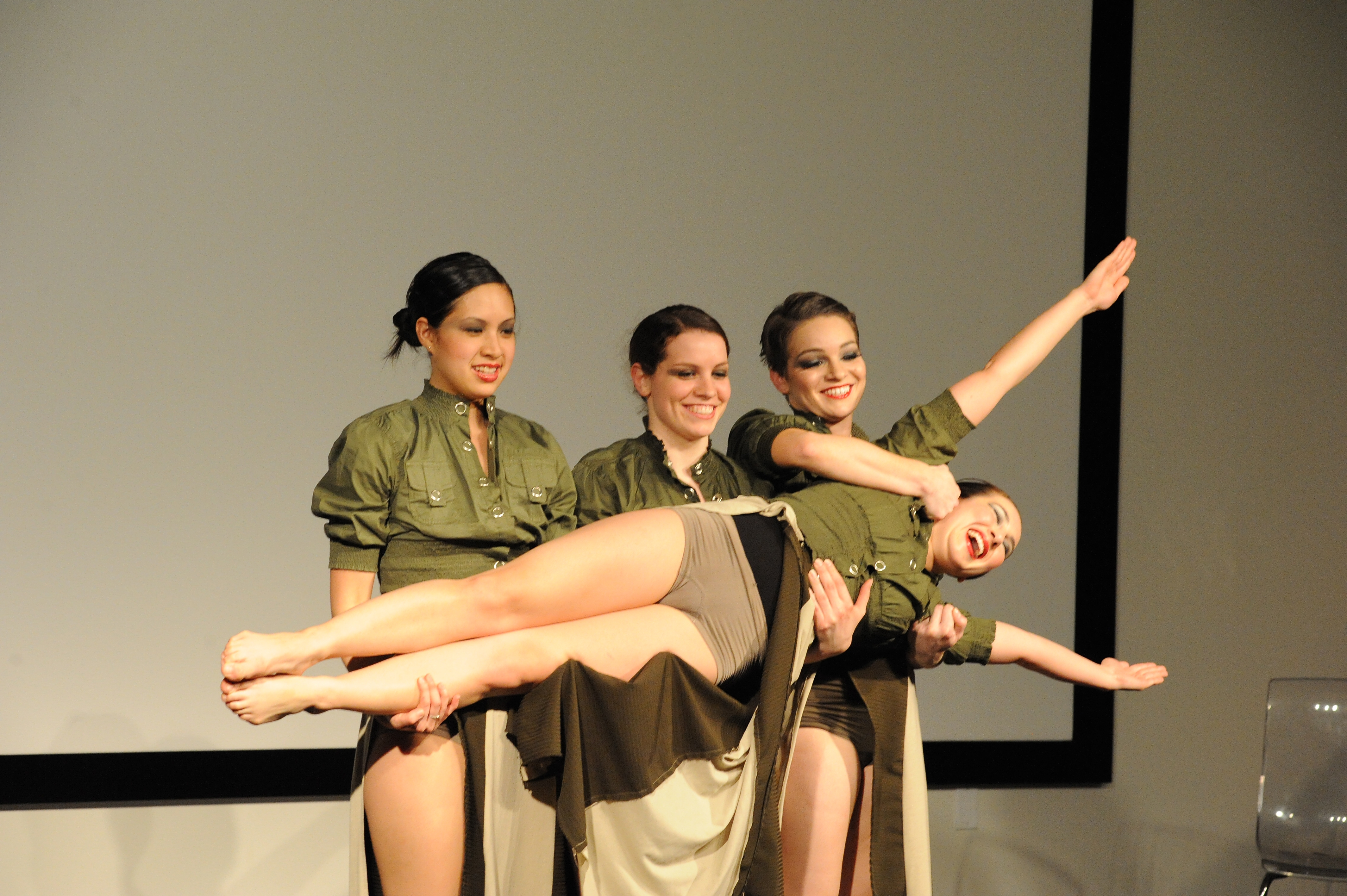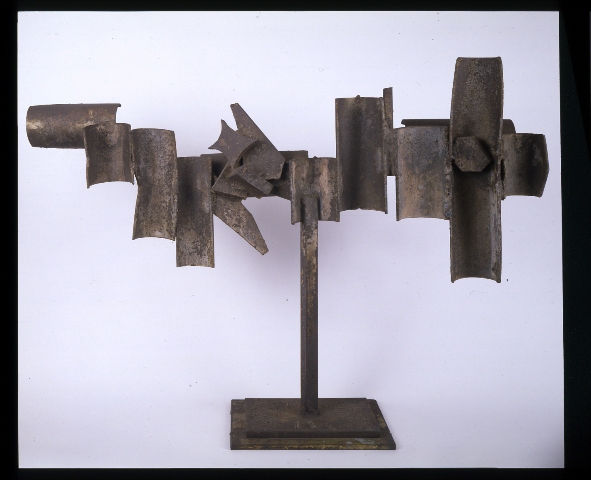Sarah Hamill’s recent talk at the museum on how and why David Smith’s photographs matter inspired this comparison. Consider the photographs below of the museum’s Bouquet of Concaves (1959). The photo on the left was was taken by Smith; the one on the right one wasn’t.

- (Left) Bouquet of Concaves as photographed by David Smith at Bolton Landing, 1959. Color transparency. © Estate of David Smith/Licensed by VAGA, New York, NY. (Right) David Smith. Bouquet of Concaves, 1959, Steel, painted. The Phillips Collection, gift of Gifford and Joann Phillips, 2008. © Estate of David Smith/Licensed by VAGA, New York, NY.
If you’re interested in learning more about Hamill’s take on Smith’s photographs, check out the exhibition catalogue for David Smith Invents.



